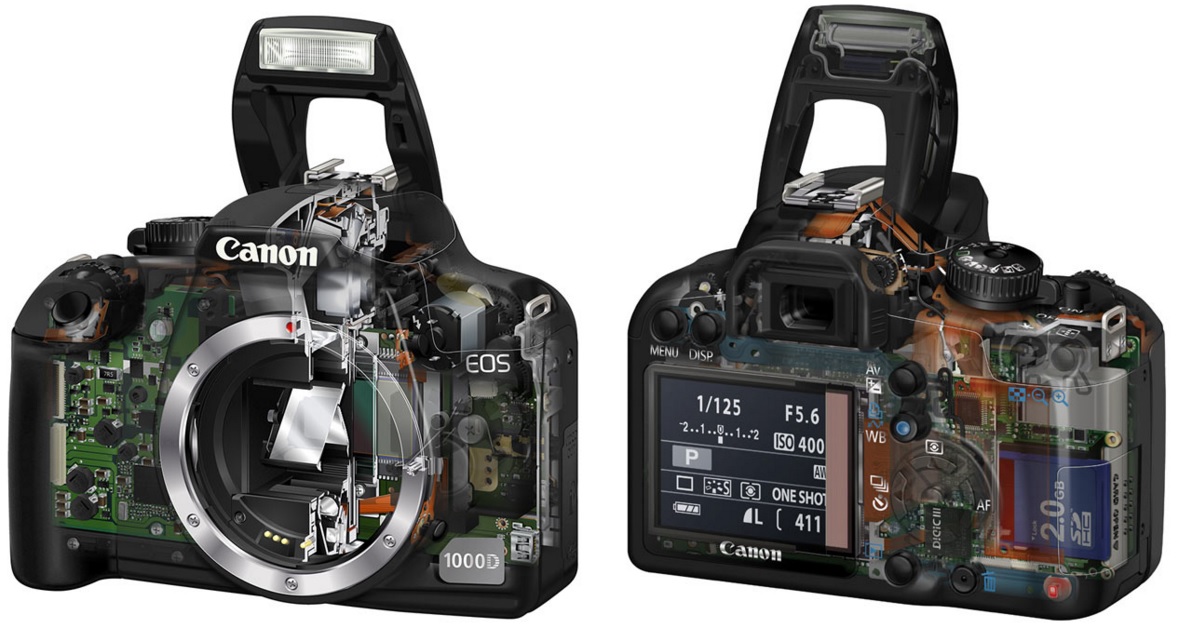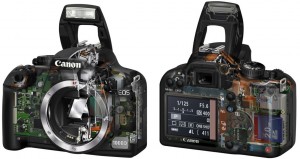
Future of digital photography is here
The newly-developed fastest yet most flexible silicon photo transistor that can take the digital cameras to next level, according to a research published in the journal Advanced Optical Materials.
In future there will be no such thing as “simple straight photograph”. Failure to recognise the huge changes which are about to happen, is to risk isolating ourselves in an historical back water of communication. Digital sensor replaced to optical record of light with a computational process, which uses only a third of the available photons.
Inspired by mammals’ eyes, University of Wisconsin-Madison electrical engineers have created the fastest, most responsive flexible silicon photo transistor ever made.
The innovative phototransistor could improve the performance of myriad products, ranging from digital cameras, night-vision goggles and smoke detectors to surveillance systems and satellites, which rely on electronic light sensors. Integrated into a digital camera lens, for example, it could reduce bulkiness and boost both the acquisition speed and quality of video or still photos.
Developed by UW-Madison collaborators Zhenqiang “Jack” Ma, professor of electrical and computer engineering, and research scientist Jung-Hun Seo, the high-performance phototransistor far and away exceeds all previous flexible phototransistor parameters, including sensitivity and response time.
Ma said that the photo transistor shows the capabilities of high-sensitivity photo detection and stable performance under bending conditions, which have never been achieved at the same time.

